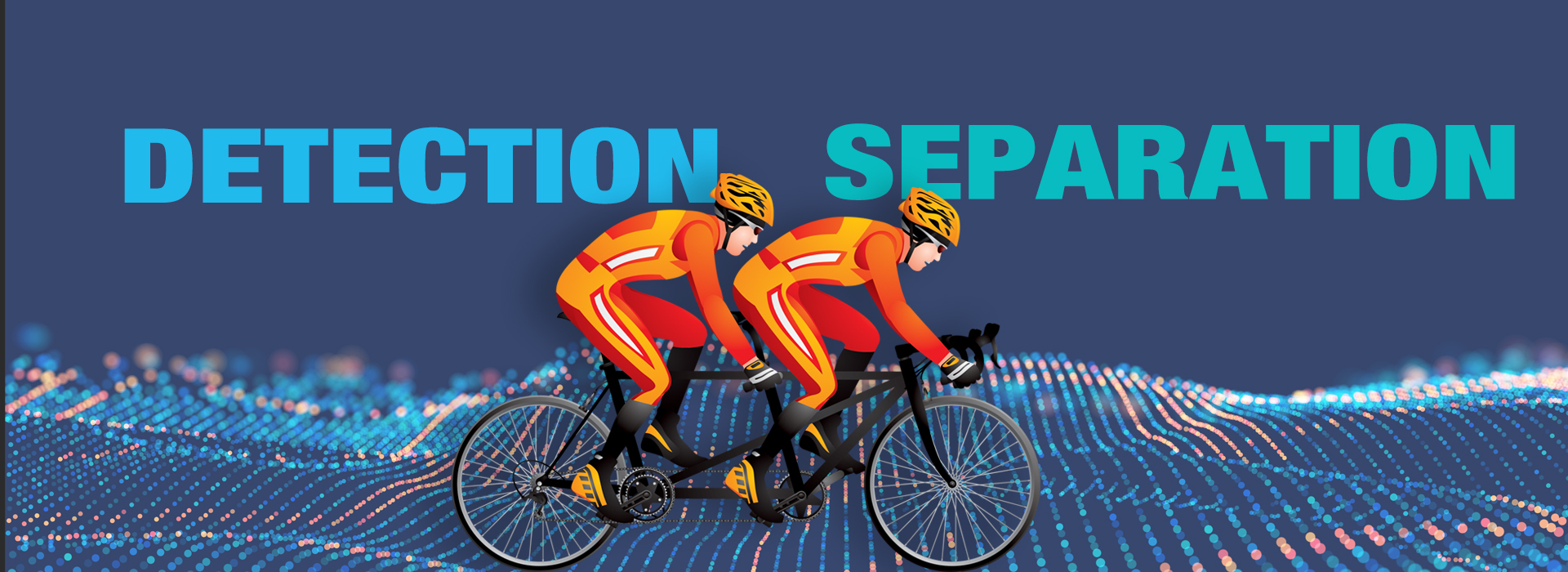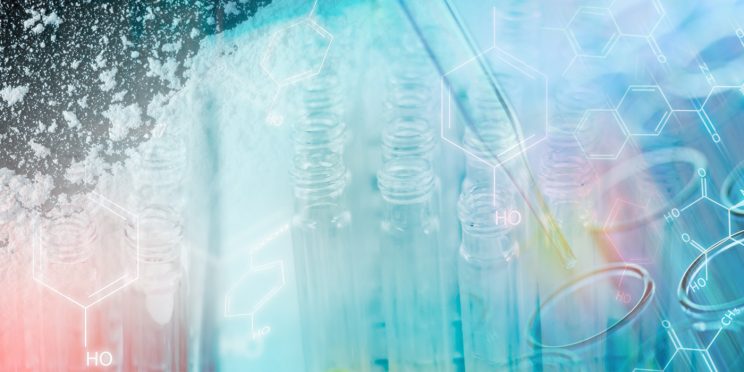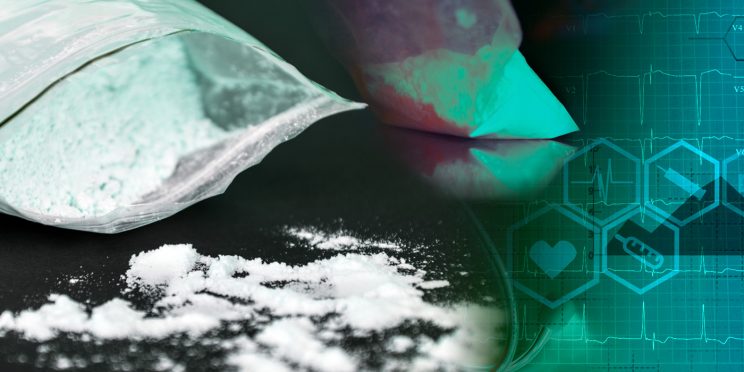This webinar originally occurred on March 19, 2020
Duration: 1 hour
Overview
The use of tandem separation and detection techniques can be thought of as a tandem bicycle: one passenger is the separation technique and the other passenger is the detection technique. Just as the performance of the bicycle depends on the optimum performance of each passenger, the specificity of analysis depends on both optimum separations and specificity of detection.
This webinar discussed the role of emergent technologies for both separation and detection techniques employed in chromatographic systems to increase selectivity for the identification of emerging drugs. Techniques include supercritical fluid chromatography, multi-dimensional liquid chromatography, multi-modal liquid chromatography, nano liquid chromatography, vacuum ultraviolet detection, and cold electron ionization mass spectrometry.
When employing chromatographic systems, the specificity of analysis depends on both optimum separations and selectivity of detection modes. This is important when analyzing emerging drugs, especially when multiple compounds of similar structure exist within a drug class. In particular, positional isomers and diastereomers can be difficult to analyze by conventional gas chromatography mass spectrometry and liquid chromatography mass spectrometry.
In this vein, this webinar discussed the role of promising separation and detection technologies for the analysis of emerging drugs.
Detailed Learning Objectives
- Appreciate the power of tandem separation and detection techniques to correctly identify emerging drugs, including:
- Ultra high performance supercritical fluid chromatography (UHPSFC)
- Multi-dimensional UHPLC
- Vacuum ultraviolet (VUV) detection
- Cold EI MS detection
- To understand the role of up-and-coming technologies such as ultra-high performance supercritical fluid chromatography, vacuum ultraviolet detection, cold electron ionization detection, multi-dimensional liquid chromatography, and portable nano liquid chromatography for the analysis of emerging drugs.
- To discuss chromatographic configurations that would allow for increased laboratory productivity.
Presenter
- Dr. Ira Lurie
Funding for this Forensic Technology Center of Excellence webinar has been provided by the National Institute of Justice, Office of Justice Programs, U.S. Department of Justice.
The opinions, findings, and conclusions or recommendations expressed in this webinar are those of the presenter(s) and do not necessarily reflect those of the U.S. Department of Justice.
Contact us at ForensicCOE@rti.org with any questions and subscribe to our newsletter for notifications.




